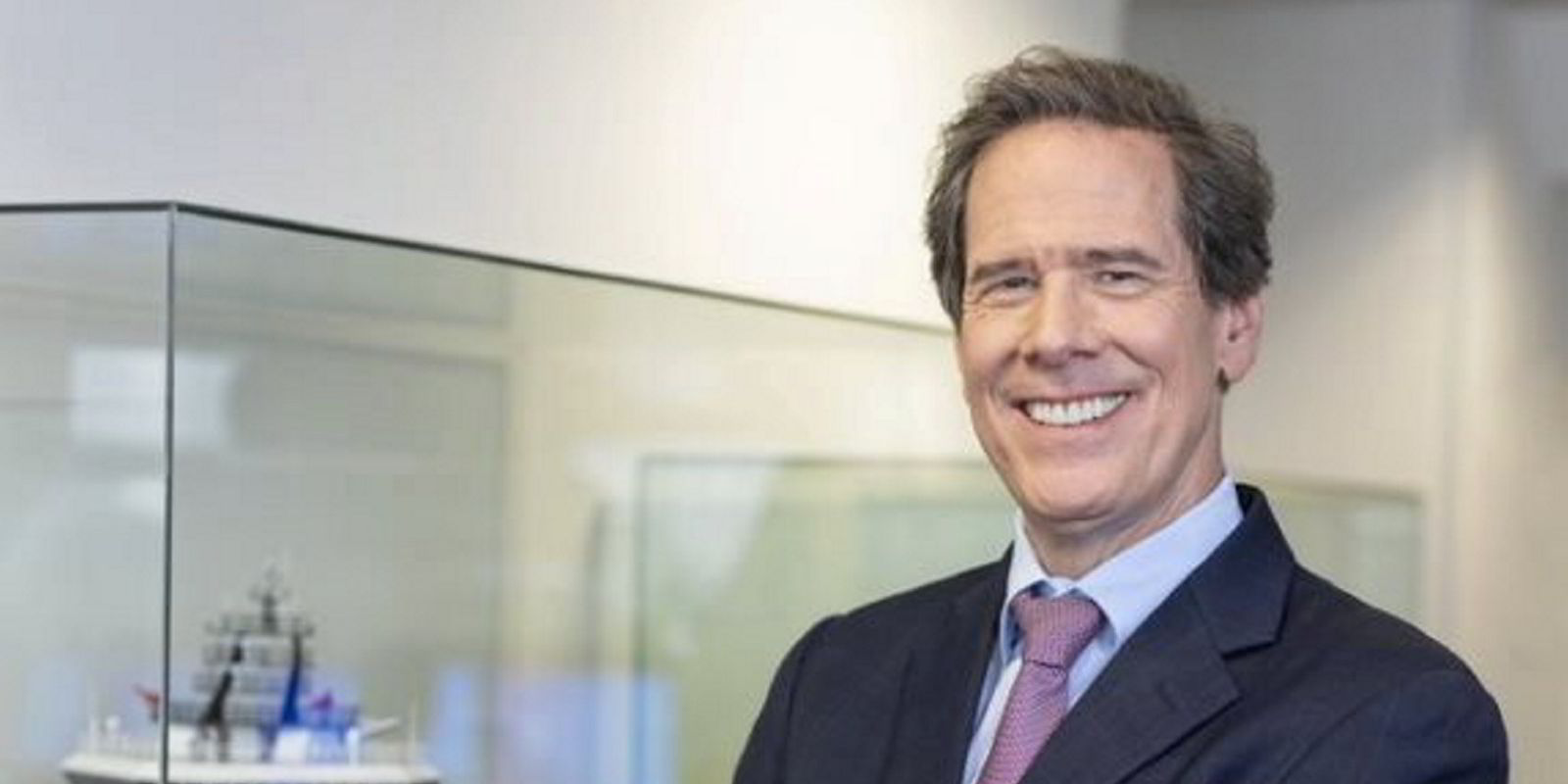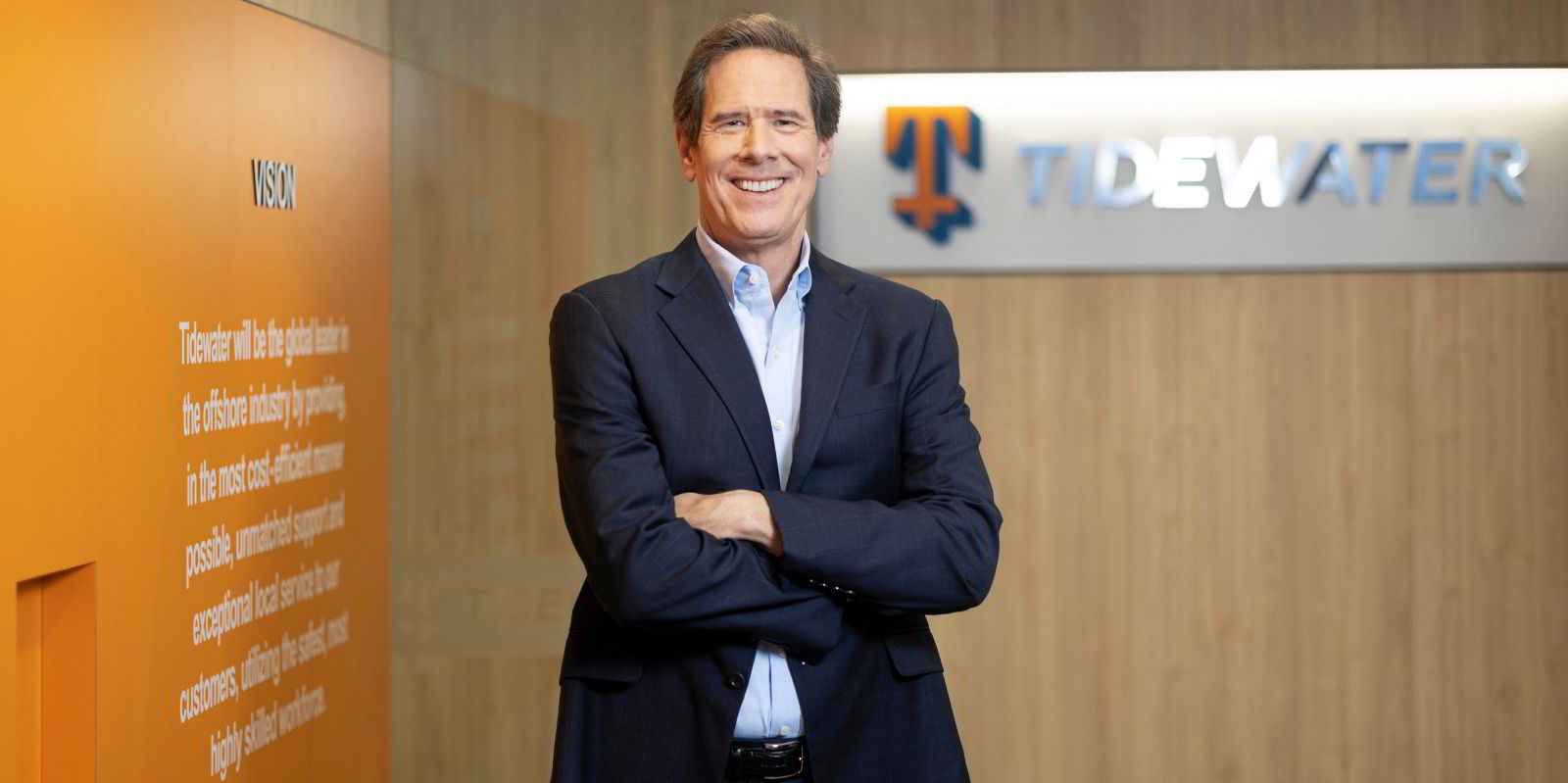Quintin Kneen has a simple request for the offshore industry: Do not overbuild the market.
The Tidewater chief executive acknowledged that the sector was heading for a fresh newbuilding cycle during a presentation at DNB’s Energy & Shipping Conference, but begged competitors not to rush to shipyards as rates increase.
“The easiest thing for us to do is overbuild the industry,” he said during the event, at the bank’s headquarters in Oslo.
“You can get lured into building more vessels than the industry needs. That is to the advantage of our customers. Our customers take advantage of the fact that we are a fragmented industry.”
Noting the history of shipping is littered with boom cycles brought to an end by a flood of new ships, Kneen said the industry went into an ordering frenzy at the end of the 2000s that overbuilt the market.
Add the 2014 and 2020 oil price collapses, and the offshore sector has struggled for nearly a decade, with rates only picking up lately after scrapping, an emerging offshore wind sector and a pick-up in oil and gas production.
He described that time as a “lost decade” for the sector as day rates are only now reaching the levels that justified the construction of the current fleet.
Kneen also said the next newbuilding cycle would be unique as owners would have to comply with greater environmental standards, requiring new propulsion systems.
“If we do it in a haphazard way or an uncoordinated way, what we’ll end up with is a number of different kinds of vessels” not up to decarbonisation task, he said.
And if owners were to go out and order 20 vessels?
“We’re going to quickly find ourselves in a world where we’ve destroyed the opportunity to create an environment for our employees and capital providers that is rewarding,” Kneen said.
Little appetite
On the panel that followed Kneen’s presentation, owners seemed uninterested in buying new ships.
Seacor Marine chief executive John Gellert said the newbuildings will come, but that orders would be limited by financing availability and questions over which propulsion system to use.
“Eventually, it will be worked out,” he said. “It will take longer.”
Eidesvik Offshore chief executive Gitte Talmo said her company chose to go the newbuilding route with its fleet of supply, subsea and wind vessels booked for the next several years, opting for one ship at Turkey’s Sefine Shipyard with options for four more.
The ships — which will run on methanol, gasoil and batteries — were ordered in a joint venture with fellow Norwegian outfit Agalas.
She said that was the right move for the company, that it was not guaranteed it would exercise the options and that ordering dozens of new ships was not on the cards.
“There are different strategies for different companies,” she said. “I can concur on the fact that building heaps of vessels on speculation would not be smart now.”




